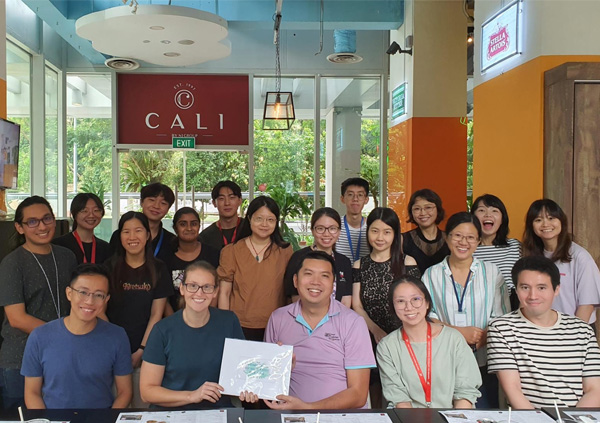News
Harnessing Spatial Biology to Uncover Cell-Cell Interactions in Pancreatic Cancer
 Group photo of Joe YEONG Lab
Group photo of Joe YEONG Lab
Pancreatic ductal adenocarcinoma (PDAC), the most common form of pancreatic cancer, is one of the most challenging cancers to treat, with survival rates at just 10% over five years. Its aggressive nature, late detection, and resistance to treatments make it a critical focus in cancer research. Recent findings from a team led by Principal Investigator Dr. Joe Yeong provide key insights into how stromal and immune cells interact within the tumour microenvironment, offering new possibilities for improving patient care.
Stromal cells, such as pancreatic stellate cells and cancer-associated fibroblasts, are known to drive chemotherapy resistance and tumour growth. Targeting these cells to return them to a quiescent (resting) state has shown promise in improving outcomes. The team explored how these stromal cells interact with natural killer (NK) cells, vital components of the immune system.
A*STAR celebrates International Women's Day

From groundbreaking discoveries to cutting-edge research, our researchers are empowering the next generation of female science, technology, engineering and mathematics (STEM) leaders.
Get inspired by our #WomeninSTEM
.png?sfvrsn=c3edc68e_6)